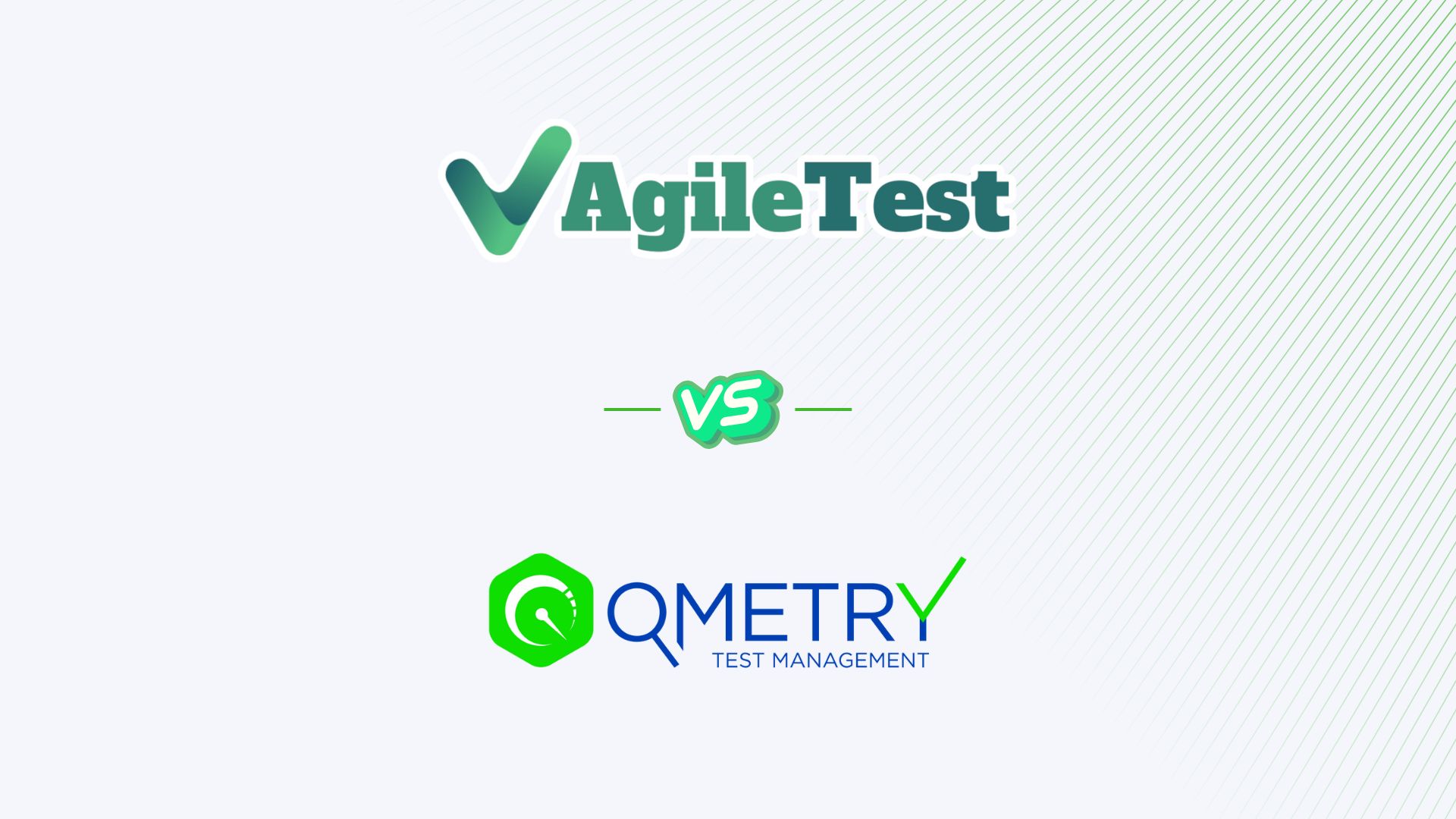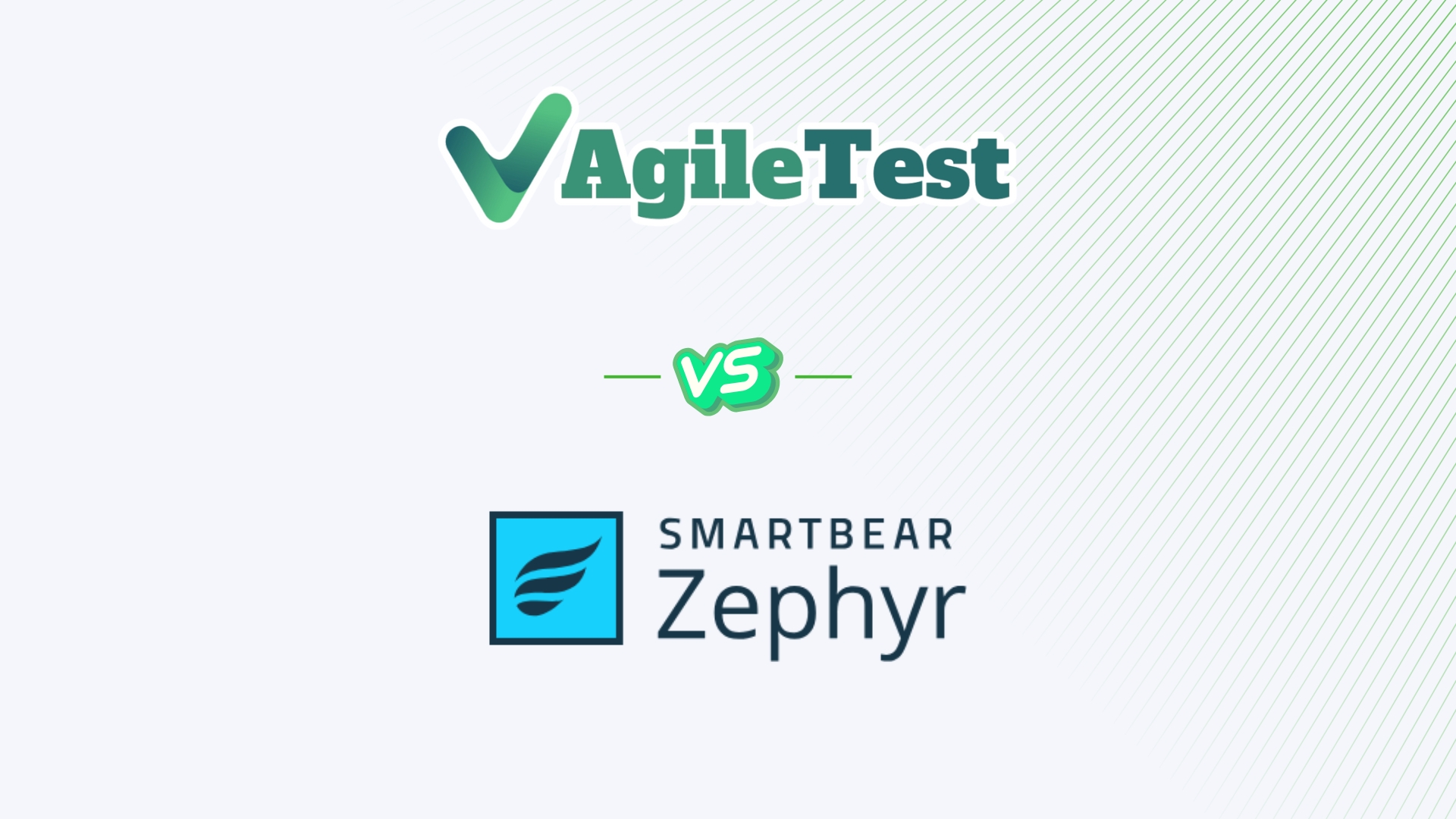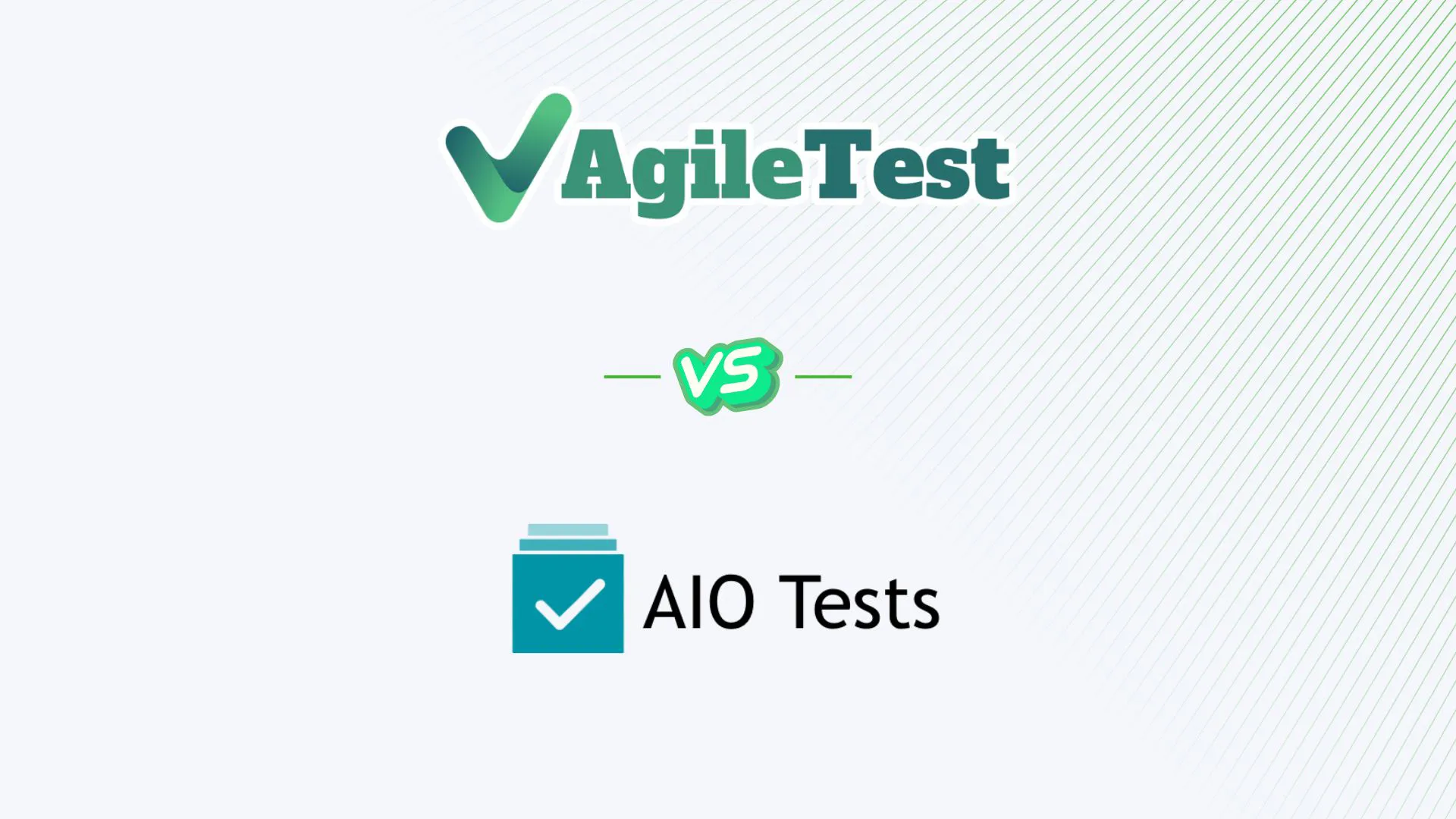For testers or QA teams, effective test management is critical to delivering high-quality products. Jira, a cornerstone for project management, is often paired with test management tools to enhance testing processes for Agile, DevOps, and traditional workflows.
Two standout solutions in the Atlassian Marketplace are AgileTest and QMetry for Jira (QTM4J). Both promise robust testing capabilities, but they cater to different needs and team dynamics.
In this article, we’ll dive deep into their features, strengths, and limitations, offering a detailed comparison to help QA teams, developers, and Jira administrators choose the right tool that suits your team’s goals best.
AgileTest vs QMetry: Overview
1. AgileTest: Requirements, Test Case, Test Management for Jira
AgileTest is a Jira-native test management application designed to blend into Jira’s ecosystem, offering a cohesive experience for teams managing diverse testing strategies. Moreover, AgileTest supports traditional test management with entities like Test Cases, Test Plans, Test Runs, Test Steps, and PreConditions, while also catering to Agile teams through sprint-based testing.
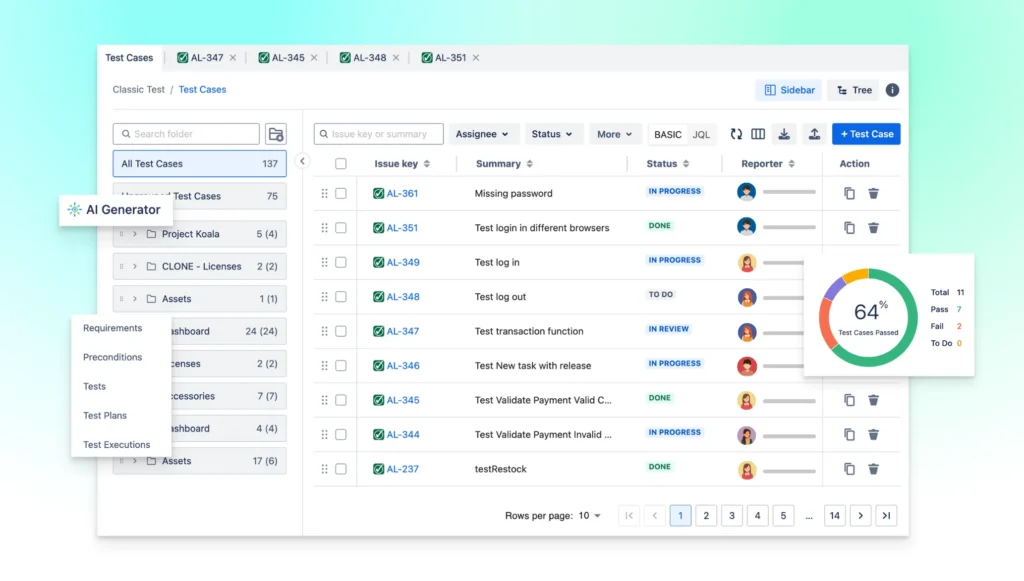
Its automation capabilities, powered by open APIs and CLI, enable integration with CI/CD pipelines (e.g., Jenkins) and BDD frameworks (e.g., Cucumber). With AI-driven test case generation using OpenAI technology, AgileTest simplifies test creation and ensures traceability reporting.
2. QMetry Test Management for Jira (QTM4J)
QMetry Test Management for Jira is an enterprise-grade solution that integrates deeply with Jira, offering advanced features for large-scale testing needs. Recognized as a Cloud Fortified app, QTM4J emphasizes scalability, automation, and AI-driven innovation.
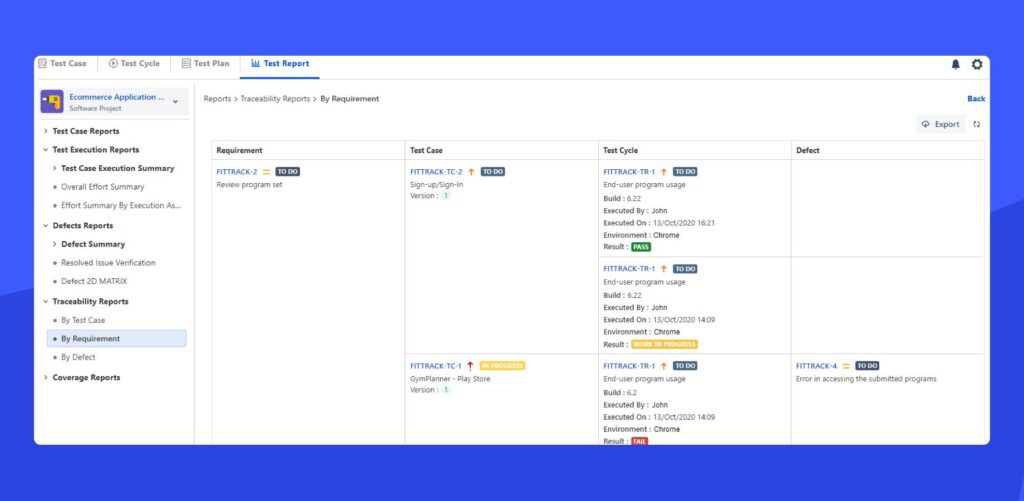
Additionally, it supports test case versioning, test cycles, and reusable test steps, with granular permissions to streamline workflows. QTM4J’s automation support is extensive, covering CI/CD tools (Jenkins, Bamboo) and frameworks like Cypress and Playwright, with enhanced Cucumber imports for BDD workflows. Besides, its AI capabilities—such as flaky test detection, predictive coverage, and smart search—set it apart for complex projects.
Features & Limitations
AgileTest
Pros:
- Offers a Jira native experience that requires minimal training.
- Easy to understand UI.
- Supports traditional, Agile (sprint-based), and scripted testing.
- Leverages OpenAI technology to simplify test case creation.
- Features a Traceability and Coverage reports to ensure full test coverage.
- Regular updates and responsive customer support.
Cons:
- Lacks advanced AI capabilities like flaky test detection or predictive coverage.
- Offers less report types that QMetry.
QMetry Test Management for Jira (QTM4J)
Pros:
- Includes auto test case generation, flaky test detection, predictive coverage, and smart search for duplicates.
- Supports a wide range of CI/CD tools and frameworks.
- Over 30 customizable gadgets, timeframe reports, and shareable filter criteria for detailed analytics.
Cons:
- Higher pricing plans
- Complicated UI that required steep learning curve
- Not optimized for agile testing
AgileTest vs. QMetry: Feature Comparison
Here is the side-by-side comparison for a closer look at key features between the 2 tools:
| Feature | AgileTest | QMetry |
| Jira Integration | ||
| UI Usability | May require some onboarding or testing knowledge at a certain level | |
| Testing Types | ||
| Testting Entities | ||
| Reports | Test Coverage, Traceability | |
| Milestones | Test cases can be linked with Sprint and Release | |
| AI Test Generation | ||
| Multilingual Support | ||
| Enterprise Support | ||
| Keyboard Shortcuts | Not supported | |
| CI/CD Integration | ||
| Data Export | Limited |
Price comparison
Now, we shall talk about the numbers.
AgileTest:
- Free for teams with 10 users and below
- Pricing for different user tiers starts from $1.50 per user/month (eg, 20 users will cost $30/month)
QMetry Test Management for Jira:
- Free for teams with 10 users and below
- Pricing for different user tiers starts from $3.80 per user/month (eg, 20 users will cost $76/month)
AgileTest vs. QMetry: Which one is better?
It depends. To decide which tool works best for you, you should consider your team’s requirements.
1. Why choose AgileTest
Here are a few reasons why you should go with AgileTest for Jira:
- You’re looking for a Jira native app with a frictionless experience.
- You want a tool oriented for agile testing with an user-friendly interface.
- You prefer simplicity, quick onboarding, and a comprehensive dashboard.
- You’re a small or mid-sized team, or an enterprise looking for a solution for mixed testing strategies.
2. Why choose QMetry
On the other hand, here is why you would prefer QMetry:
- You or your QA team is dedicated to traditional testing.
- You need detailed reports of your testing results.
- You want Confluence integration for cross-platform workflows.
Both apps can make a great option. It all comes down to which set of features you want to have, and how much you’re willing to pay for the app.
FAQs
Q: Which tool is easier to learn for all teams?
AgileTest has a simpler and more refined UI. It also requires no additional setup for testers, technical stakeholders, non-technical stakeholders, etc. QMetry, on the other hand, has a more complex UI that might requires a steeper learning curve.
Q: Is AgileTest suitable for large teams or enterprises?
Yes. AgileTest offers enterprise support, integrations, and scalable storage and workflows inside Jira.
Q: Which app is better for Agile teams?
AgileTest’s sprint-based testing and Jira-native design make it perfect for Agile teams. QTM4J supports Agile workflows but shines in automation.
Q: Can AgileTest handle automated testing?
While AgileTest is focused on manual testing, it integrates with CI/CD tools to complement automation workflows.
Q: What are the deployment options?
Both AgileTest and QMetry supports Jira Cloud and Jira Data Center. Although QMetry also supports Server edition, Atlassian themselves no longer supports Server products.
Final verdict
AgileTest vs. QMetry, both are powerful test management tools, but they cater to different needs. AgileTest excels as a Jira native solution, offering simplicity, flexibility, and a seamless experience for all team sizes. Additionally, its sprint-based testing and user-friendly interface make it ideal for Agile workflows with moderate automation needs.
Meanwhile, QTM4J is the enterprise champion, with advanced AI, and extensive automation support, making it perfect for large teams with complex, analytics-driven projects. To determine the best fit, leverage the free 30-day trials for both apps.
